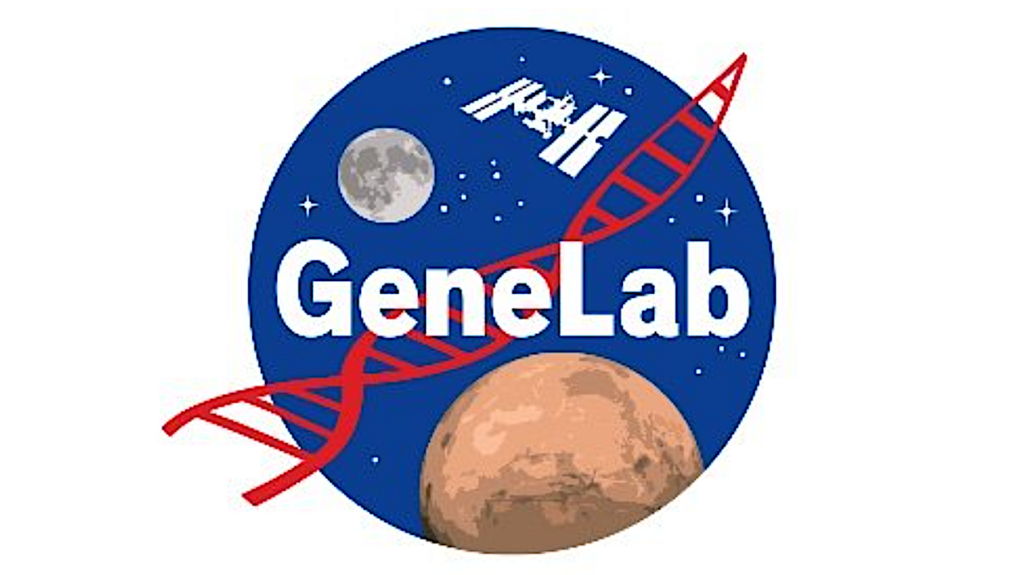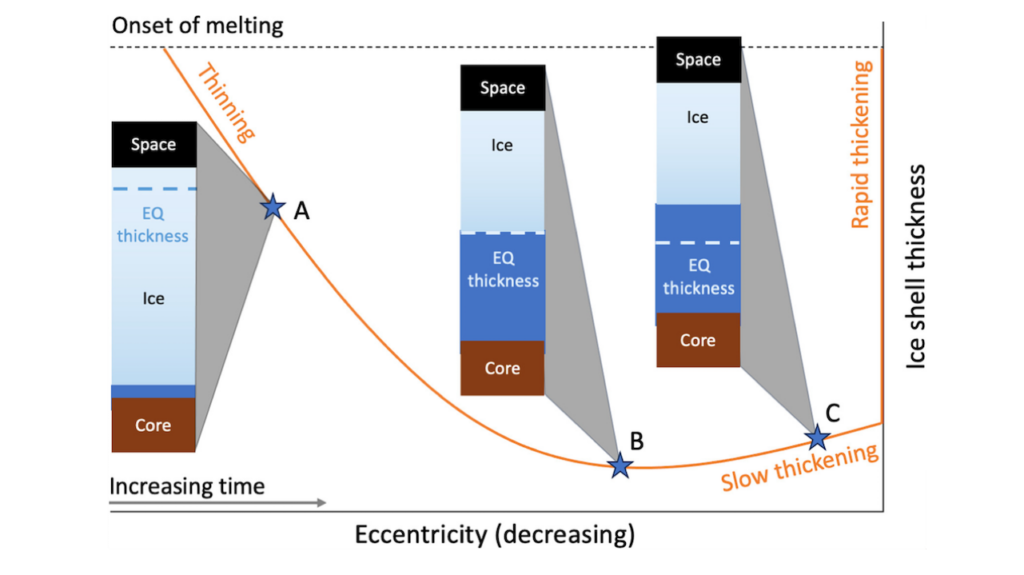Detectability Of Chlorofluorocarbons In The Atmospheres Of Habitable M-dwarf Planets

The presence of chlorofluorocarbons (CFCs) in Earth’s atmosphere is a direct result of technology. Ozone-depleting CFCs have been banned by most countries, but some CFCs have persistent in elevated concentrations due to their long stratospheric lifetimes.
CFCs are effective greenhouse gases and could serve as a remotely detectable spectral signature of technology. Here we use a three-dimensional climate model and a synthetic spectrum generator to assess the detectability of CFC-11 and CFC-12 as a technosignature on exoplanets. We consider the case of TRAPPIST-1e as well as a habitable Earth-like planet around a 3300 K M-dwarf star, with CFC abundances ranging from one to five times present-day levels.
Assuming an optimistic James Webb Space Telescope (JWST) Mid Infrared Instrument (MIRI) low resolution spectrometer (LRS) noise floor level of 10 ppm to multiple co-added observations, we find that spectral features potentially attributable to present or historic Earth-level CFC features could be detected with a SNR ≥3−5 on TRAPPIST-1e, if present, in ∼100 hours of in-transit time.
However, applying a very conservative 50 ppm noise floor to co-added observations, even a 5x Earth-level CFC would not be detectable no matter the observation time. Such observations could be carried out simultaneously and at no additional cost with searches for biosignature gases. Non-detection would place upper limits on the CFC concentration. We find that with the launch of JWST, humanity may be approaching the cusp of being able to detect passive atmospheric technosignatures equal in strength to its own around the nearest stars.
Jacob Haqq-Misra, Ravi Kopparapu, Thomas J. Fauchez, Adam Frank, Jason T. Wright, Manasvi Lingam1
Comments: Accepted by the Planetary Science Journal, 13 pages, 5 figures
Subjects: Earth and Planetary Astrophysics (astro-ph.EP); Instrumentation and Methods for Astrophysics (astro-ph.IM); Popular Physics (physics.pop-ph)
Cite as: arXiv:2202.05858 [astro-ph.EP] (or arXiv:2202.05858v1 [astro-ph.EP] for this version)
Submission history
From: Jacob Haqq-Misra
[v1] Fri, 11 Feb 2022 19:01:17 UTC (273 KB)
https://arxiv.org/abs/2202.05858
Astrobiology, SETI, technosignature,








